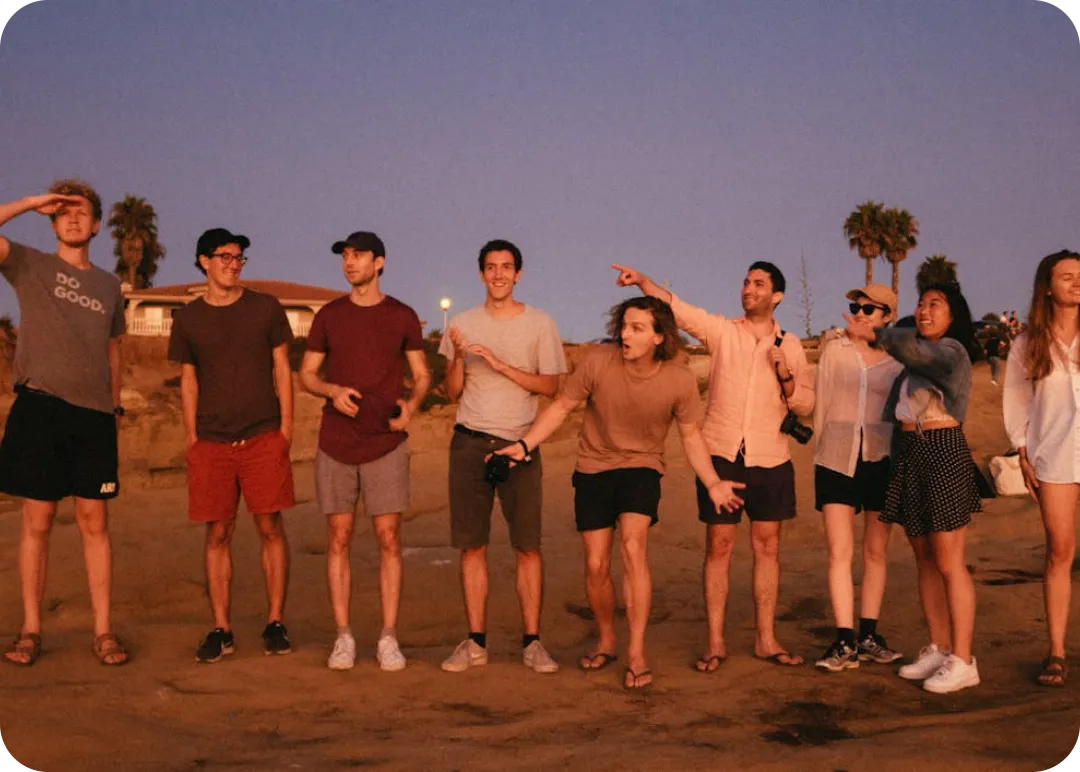Browse their profiles and meet singles who reflect their charm, personality, and energy
Japan is where tradition dances gracefully with the future. Its stars aren't just famous—they're icons of discipline, elegance, and cultural pride. Our Japan Celebrity List introduces you to the extraordinary lives of figures like Rinko Kikuchi, the first Japanese actress nominated for an Academy Award in half a century, and Hiroyuki Sanada, who seamlessly blends samurai spirit with Hollywood power.
These profiles are more than nameplates. They're curated journeys into each celebrity's biography, birthday, zodiac sign, memorable quotes, family background, career milestones, global recognition, and charming trivia. Discover the artistic impact of Hayao Miyazaki, whose animated masterpieces shaped the childhoods of millions. Follow Hikaru Utada as her soulful lyrics transcend language, or explore how Ken Watanabe brought gravitas to both Japanese cinema and international films.
From Tokyo's glowing skyline to Kyoto's quiet temples, the stories of these stars reflect the country's beautiful complexity—and invite readers to connect with the spirit behind the fame.

Ever imagined dating someone with Utada's mysterious charm or Miyazaki's quiet genius? With Higo, you can. Our Japan lookalike singles blend outer appeal with inner depth, drawing from the same elegance and intention that defines Japanese culture.
Whether you're walking under cherry blossoms in Osaka or cozying up in a café in Sapporo, Higo members are people who appreciate connection, storytelling, and slow-blooming love. Some are creatives, others are tech visionaries or nature lovers—but all share that thoughtful, sincere energy that makes Japan so enchanting.
This isn't about finding someone who just looks like a star—it's about finding someone who *feels* like one: grounded, graceful, and genuine.

Higo Local Meet Global is now available and growing in Japan, with members joining from Tokyo, Nagoya, Fukuoka, and beyond. We've tailored our experience for Japanese users—whether local or international—by offering profile verification, privacy-first controls, bilingual interface, and built-in translation features for smooth, respectful conversation.
Inspired by Japan's love for subtlety and nuance, our celebrity lookalike matching is designed to spark real curiosity and real chemistry. Whether you're seeking a kindred soul for travel, romance, or shared quiet moments, Higo helps you discover matches that resonate with your heart—and your pace.
In a place where less is more, and every gesture speaks volumes, Higo brings together people who want more than just a match—they want something meaningful. And that's something we think Studio Ghibli would approve of.